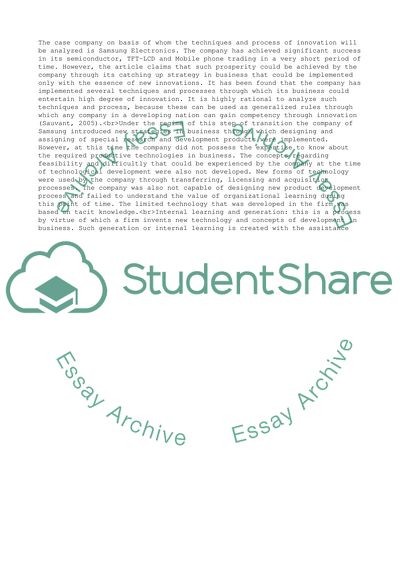Cite this document
(Entrepreneurship and Innovation Essay Example | Topics and Well Written Essays - 3000 words, n.d.)
Entrepreneurship and Innovation Essay Example | Topics and Well Written Essays - 3000 words. https://studentshare.org/business/1812993-entrepreneurship-and-innovation
Entrepreneurship and Innovation Essay Example | Topics and Well Written Essays - 3000 words. https://studentshare.org/business/1812993-entrepreneurship-and-innovation
(Entrepreneurship and Innovation Essay Example | Topics and Well Written Essays - 3000 Words)
Entrepreneurship and Innovation Essay Example | Topics and Well Written Essays - 3000 Words. https://studentshare.org/business/1812993-entrepreneurship-and-innovation.
Entrepreneurship and Innovation Essay Example | Topics and Well Written Essays - 3000 Words. https://studentshare.org/business/1812993-entrepreneurship-and-innovation.
“Entrepreneurship and Innovation Essay Example | Topics and Well Written Essays - 3000 Words”. https://studentshare.org/business/1812993-entrepreneurship-and-innovation.


